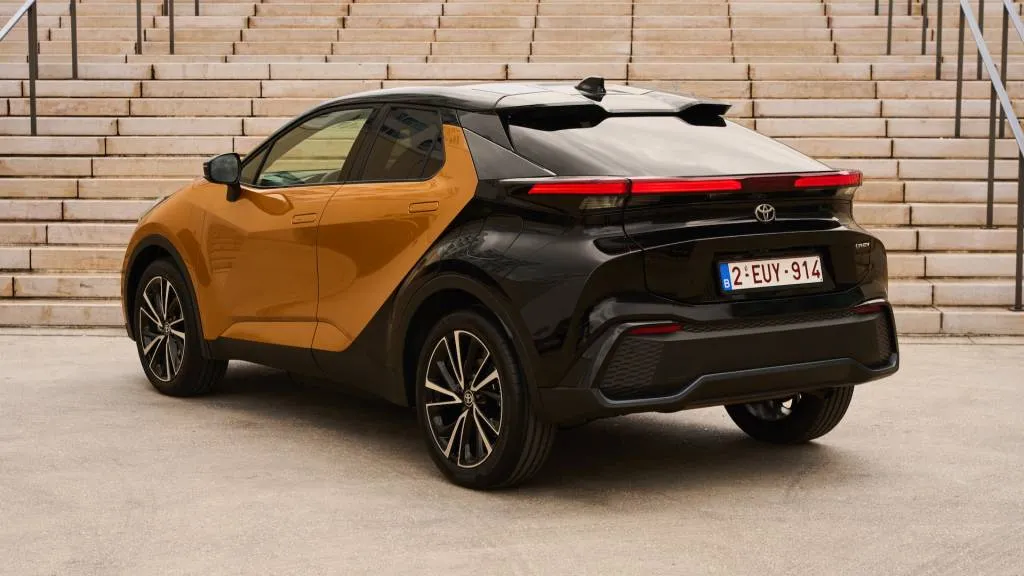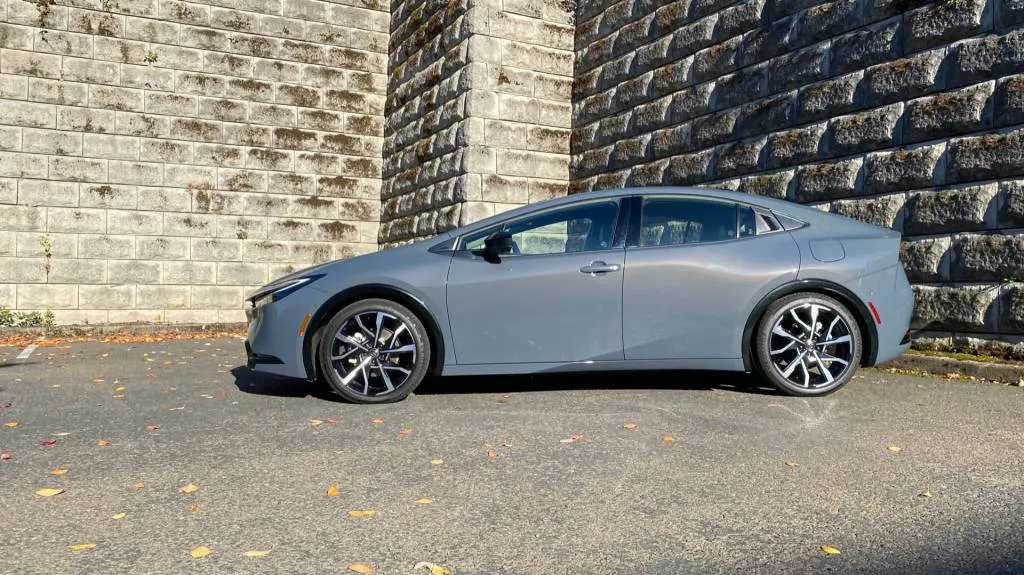Will the Toyota Prius Prime make electric vehicle route planning smarter?

About the new functions of the Toyota C-HR plug-in hybrid Recently launched in Europe is an efficiency-enhancing trip planner that could be useful for Toyota’s plug-in hybrid customers in the US.
According to a press release from Toyota about the C-HR plug-in hybrid, this feature, called Predictive Efficient Drive, analyzes traffic conditions and learns the driver’s behavior and regular routes to maximize the use of electric mode.
In this Toyota PHEV, a geofencing function also automatically activates electric mode in urban low-emission zones as part of a trip planning function that saves electric operation for these sections of the route.

2024 Toyota C-HR Plug-in Hybrid (European Spec)
Predictive Efficient Drive is a system that Toyota also promotes for the Prius Prime. But as Green Car Reports discovered during follow-up research with Toyota in the US, the Prius Prime’s version of this system is slightly different.
For one thing, it doesn’t include geofencing functionality to identify the densest urban areas that would be best served by electricity alone. And in the US, the system does not rely on crowdsourced information or a deeper level of map data other than live traffic data.
Instead, the car itself receives route-specific information about your driving behavior. This learning is “stored locally in the vehicle and is not shared outside the car or stored in the cloud,” Toyota said. And while some efficiency-based systems – such as those from Audi – rely on terrain data embedded in maps, Toyota’s Predictive Efficient Drive primarily examines driving force and road load.

2024 Toyota Prius Prime
The conclusion is that while the feature, as offered in America on the Prius Prime, won’t help you be more efficient on a road trip, it will help you “learn” where electric driving works on your daily commute should have priority. or on another trip that you take regularly. And that should help minimize gas consumption.
The Prius Prime gets smarter when it comes to using electric vehicles for commuting, not new destinations
The US Prius Prime already has an EV Auto mode that gives priority to EV mode depending on driving conditions; but it does not “see” the overarching route plan and future. A more comprehensive trip planning feature could be well suited for the US market Prius Prime. Toyota has also introduced this feature in Europe since last year Lexus NX plug-in hybrid. The Prius Prime’s relatively slow 3.5 kW onboard charger wouldn’t be useful for charging stops while driving, but for future PHEVs with faster charging or even DC fast charging, such a feature could potentially provide even more CO2-avoiding features.
“As Toyota’s HEV and PHEV lineup evolves, so do the supporting technologies behind their management,” Toyota noted to Green Car Reports, which seems to be a clear indication that such smarter city EV features are on the way could be on the way.
The C-HR plug-in hybrid’s powertrain consists of a 2.0-liter inline four-cylinder gasoline engine and an electric motor, which together produce 220 hp. A 13.6 kWh lithium-ion battery – the same size as that used in the Prius Prime – gives the C-HR a range of 41 miles as measured on the European WLTP test cycle. By comparison, the Prius Prime achieves EPA-rated mileage in the U.S., and as a contrast, it makes sense since Toyota notes that the C-HR is tuned for sportier driving.
The Toyota C-HR is not sold in the US, although Toyota has also shown one compact electric vehicle for Europe that could go to the USA.
Lexus continues to use the confusing “self-charging hybrid” for its non-plug-in hybrids in Europe, despite an earlier crackdown by the Norwegian Consumer Authority. who viewed it as misleading. Toyota has also tried some of this creative marketing in the US, redesigning its hybrid vehicles without charging ports last year as “Hybrid electric vehicles.”
So the choices Toyota makes in this technology integration could potentially speak volumes about how the company plans to market its plug-in hybrids for America in the near future.
—
with reporting by Stephen Edelstein
